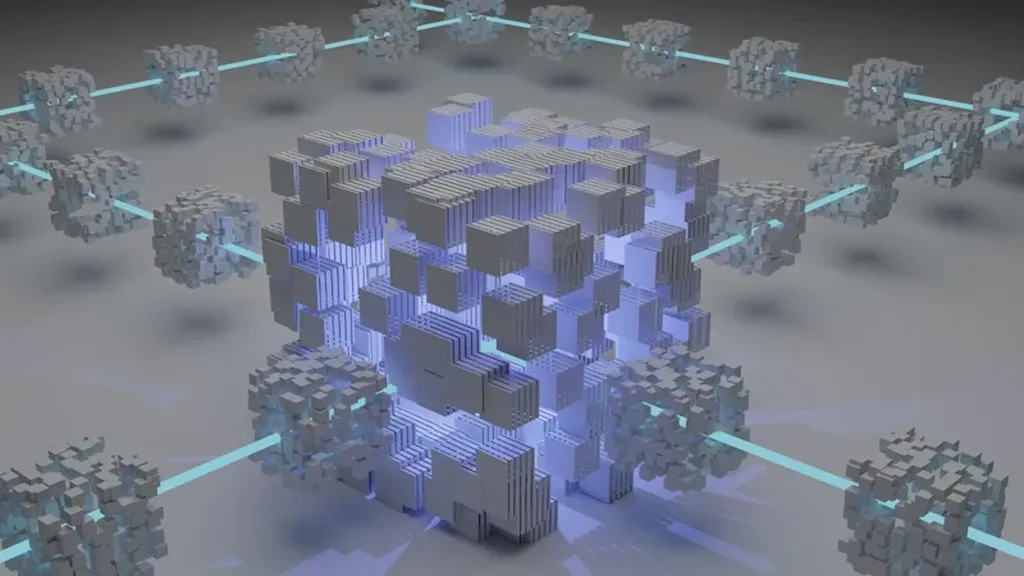In the realm of quantum technologies, a trio of researchers from the University of Tehran, Amir Hossein Houshmand Almani, Ali Mortezapour, and Alireza Nourmandipour, have been exploring ways to enhance quantum synchronization, a phenomenon that could have significant implications for quantum computing and communication. Their recent study, published in the journal Physical Review Letters, delves into the synergistic effects of detuning and auxiliary qubits on quantum synchronization in a dissipative multi-qubit system.
Quantum synchronization refers to the alignment of phases between quantum systems, a crucial aspect for the stability and efficiency of quantum technologies. The researchers investigated how detuning, a slight shift from the resonance frequency, and auxiliary qubits, additional quantum bits that do not store information but assist in the process, can collaboratively enhance this synchronization.
The study found that in Markovian environments, where the system’s evolution depends only on its current state, detuning is ineffective. However, in non-Markovian regimes, where the environment has memory and the system’s evolution depends on its past states, detuning becomes a powerful control parameter. This environmental memory facilitates long-lived phase coherence, a state where the phases of the qubits remain aligned over time.
Adding more auxiliary qubits amplifies this effect. These qubits strengthen the collective coupling, the interaction between the qubits and the environment, and enhance memory, leading to robust phase locking within the system. Phase locking is a state where the phases of the qubits are not only aligned but also remain so over time.
The researchers used several analytical tools, including the Husimi Q-function, a phase-space representation of quantum states, synchronization measures, and Arnold tongue structures, a graphical representation of synchronization regions, to reveal a detuning-induced enhancement of phase locking. This enhancement significantly improves stability compared to the resonance case, where the system operates at its natural frequency.
The findings establish a cooperative control strategy where detuning actively engineers phases, while auxiliary qubits provide the necessary memory for sustained synchronization. This strategy could have practical applications in the energy sector, particularly in quantum energy storage and quantum communication networks, where stable and efficient quantum systems are crucial. The study provides a novel approach to controlling quantum systems, paving the way for more stable and efficient quantum technologies.
Source: Physical Review Letters, Volume 128, Issue 10, Article Number 100401, 2022.
This article is based on research available at arXiv.

